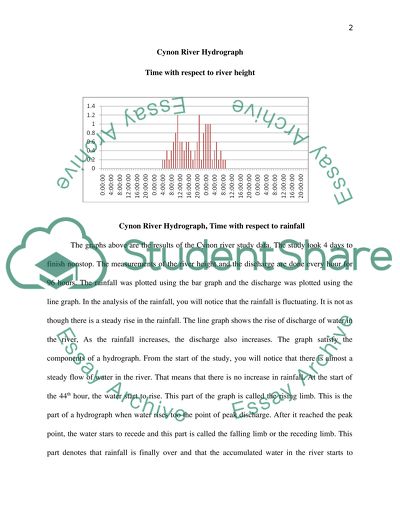Cite this document
(“Storm Drainage Design Project Study Essay Example | Topics and Well Written Essays - 2000 words”, n.d.)
Storm Drainage Design Project Study Essay Example | Topics and Well Written Essays - 2000 words. Retrieved from https://studentshare.org/miscellaneous/1510572-storm-drainage-design-project-study
Storm Drainage Design Project Study Essay Example | Topics and Well Written Essays - 2000 words. Retrieved from https://studentshare.org/miscellaneous/1510572-storm-drainage-design-project-study
(Storm Drainage Design Project Study Essay Example | Topics and Well Written Essays - 2000 Words)
Storm Drainage Design Project Study Essay Example | Topics and Well Written Essays - 2000 Words. https://studentshare.org/miscellaneous/1510572-storm-drainage-design-project-study.
Storm Drainage Design Project Study Essay Example | Topics and Well Written Essays - 2000 Words. https://studentshare.org/miscellaneous/1510572-storm-drainage-design-project-study.
“Storm Drainage Design Project Study Essay Example | Topics and Well Written Essays - 2000 Words”, n.d. https://studentshare.org/miscellaneous/1510572-storm-drainage-design-project-study.


